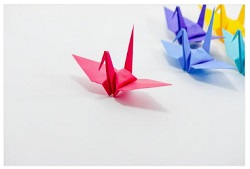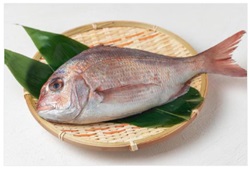Amakusa is in the south-west part of Kumamoto. For me, Amakusa is well known for its beautiful ocean view and delicious sea foods.
But recently I came to know that Amakusa produces excellent porcelain stone and many potteriers there make fine cellamics.
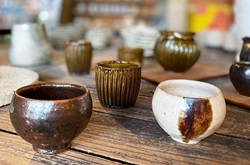
Here are some information on Amakusa pottery and porcelain, quoted from a brochure of an Amakusa celamics exhibition.
The finest quality in the world
Amakusa produces porcelain stone used as pottery material worldwide. Porcelains created from this porcelain stone are characterized by hardness and beauty with unclouded color.
Discobery of the fine stone has been the main raw material for Arita and Kiyomizu ware. Annual shipment is 30.000 tons which accounts for 80% of porcelain stone production in Japan.
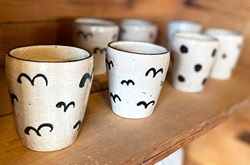
History of Amakusa Porcelain Stone
“There is no comparable to this fine porcelain clay.” This is an opening sentence of a petition submitted by Gennai Hiraga to a local governor of Amakusa in 1771. This man of multi-talent representing Edo era praises Amakusa porcelain stone highly.
He suggests training craftspeople and emulating imported potteries would lead to great pottery production. He states that production of quality potteries competitive to foreign ones will serve national interests, because not only Japanese won’t need to buy foreign expensive products, but also Chinese and Dutch will import Amakusa pottery.
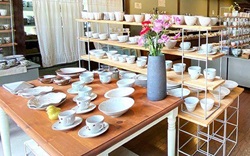
Little Known History of Amakusa Porcelain and Pottery
Results of excavation in Amakusa show that Uchidasarayama ware were fired around 1650. Takahama ware were produced in 1762 and exported later on. Mizunodaira ware began operation in 1765, and the Seto Porcelain founder Tamikichi Kato started Seto porcelain ware business in 1807 based on his training in Amakusa.
Because Amakusa was originally under direct control of Edo Shogunate, there was no pottery industry operated by government. Villagers produced porcelain and pottery simply to earn for their own living, therefore, their production had not been recognized as “a brand” like other production area.
However, Amakusa porcelain and pottery was designated as traditional craft of Japan in 2003, and unique and various porcelain and pottery are created currently in 10 potteriers. Aiming to find a market home and abroad, they are making active effort, including mounting an exhibition, for branding Amakusa porcelain and pottery.
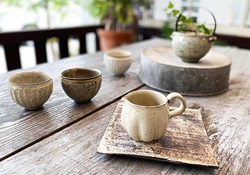
For more information, please refer to the link below.
Official Kumamoto
Find your favorite pottery ware! Amakusa Ceramics and potteries hopping
